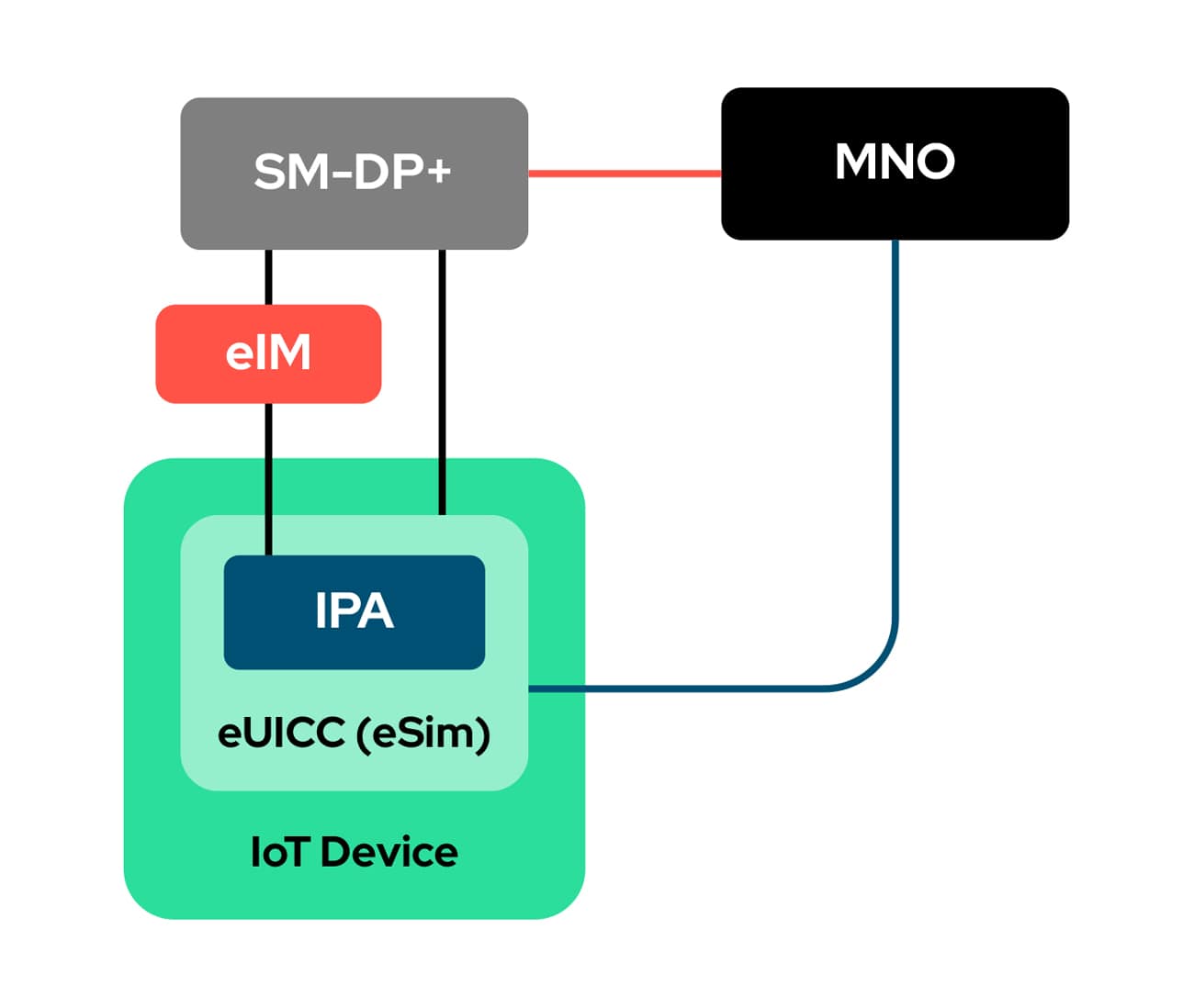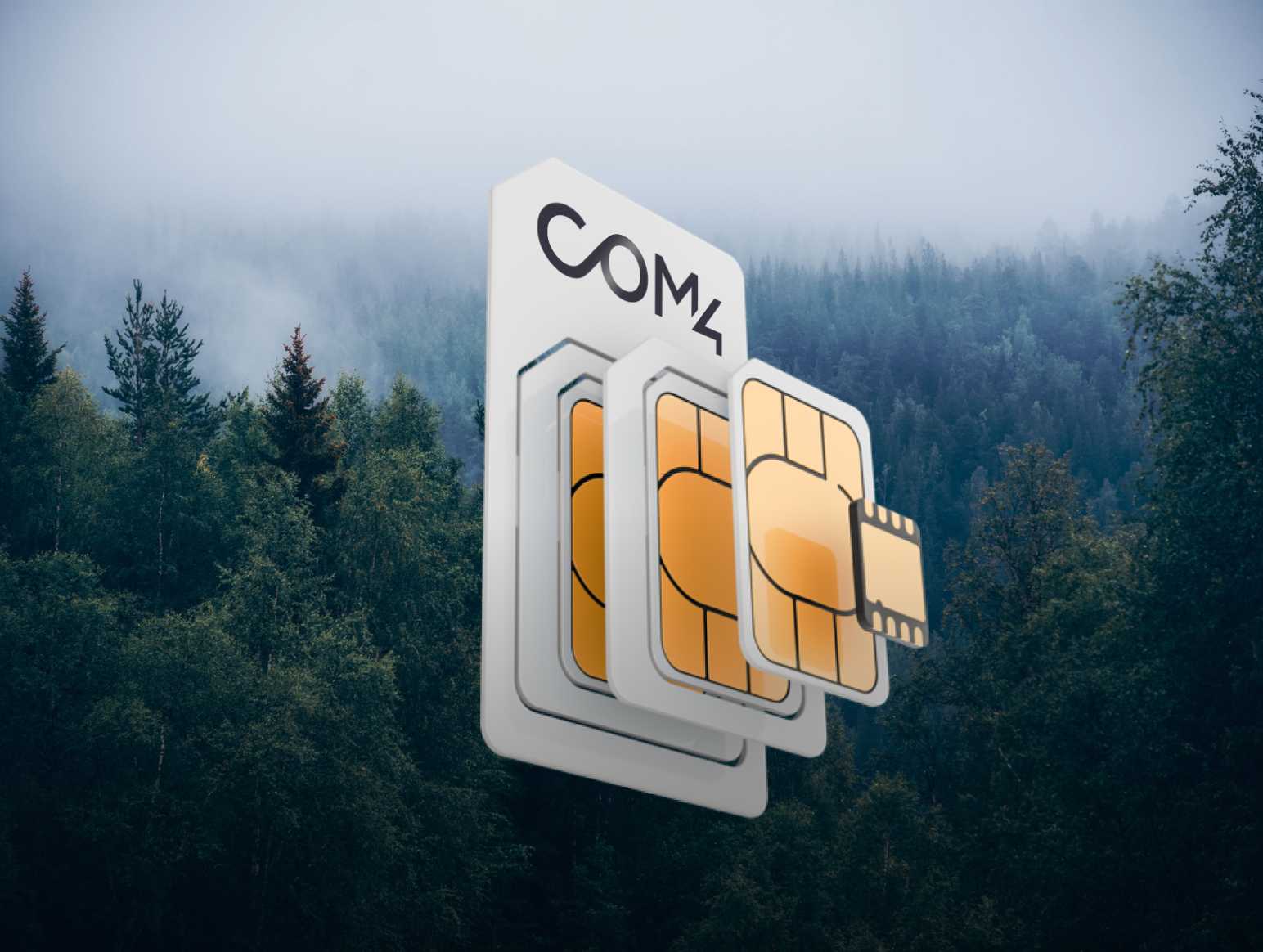With the standardised GSMA architecture and specifications, that supports remote SIM provisioning, eSIM profiles enables over-the-air (OTA) downloads, storage, and updates, removing the need for physical SIM card swaps. This advancement not only simplifies supply chain processes but also gives users greater control and flexibility over their device connectivity.
However, it’s essential to recognize the distinction between the two primary eSIM categories: Consumer eSIM (SGP. 22) and M2M eSIM (SGP.02). While Consumer eSIMs are commonly found in everyday gadgets like high-end smartphones, assuming that this technology can be directly applied to IoT devices without modification can lead to costly errors. Additionally, the recently introduced IoT eSIM standard (GSMA SGP.32) presents a significant evolution in eSIM technology, specifically tailored for IoT environments, addressing the limitations seen in previous eSIM standards. Let’s explore the key differences between Consumer eSIM, M2M eSIM, and the new IoT eSIM standard to ensure that anyone looking to integrate eSIM technology into their IoT solutions does so with a comprehensive understanding.
Consumer eSIM: Tailored for the Individual User
Consumer eSIMs are specifically designed to serve individual users, making them ideal for devices such as smartphones, tablets, smartwatches, and other consumer electronics. These eSIMs allow the user to download and activate a local profile. This feature significantly enhances the user experience, making it easier to switch network carriers or activate new plans without visiting a store.
Moreover, Consumer eSIMs enable users to store multiple network profiles, providing the flexibility to switch between different providers seamlessly. This capability allows consumers to choose networks based on cost, coverage, or specific service offerings, further enhancing their overall connectivity experience. However, while the Consumer eSIM standard (SGP.22) is widely adopted, it lacks a standardized platform for remote eSIM profile management, which limits its applicability in more complex IoT deployments.
M2M eSIM: Built for Machine-to-Machine Communication
In contrast, M2M (Machine-to-Machine) eSIMs are designed for IoT and M2M applications, such as smart meters, connected cars, industrial sensors, and other IoT devices. These eSIMs offer reliable and secure connectivity, essential for the seamless transmission of data between devices.
A critical difference between Consumer and M2M eSIMs lies in the activation process. While profiles for Consumer eSIMs can be downloaded and activated by the user, M2M eSIMs are typically preloaded with network profiles by manufacturers. This preloading allows for quick and easy deployment of devices on specific networks, streamlining the setup process for large-scale M2M deployments. However, the M2M eSIM standard (SGP.02) also introduced challenges, such as the need for technical integration between the eUICC RSP and operators, which can complicate IoT deployments.
-min.jpg?width=1918&height=1147&name=eSIM-IoT-2%20(2)-min.jpg)
IoT eSIM: A New Standard for the Evolving IoT Landscape
Recognizing the limitations of the Consumer and M2M eSIM standards, the GSMA introduced the eSIM IoT standard (SGP.32) in 2023. This new standard is specifically designed to address the unique challenges of IoT deployments. The eSIM IoT standard introduces the eUICC IoT Remote Manager (EIM), a pivotal element that enables seamless remote management of operator profiles without the need for extensive technical integration with operators. This capability is particularly beneficial for large-scale IoT deployments, where flexibility and the ability to manage devices remotely are crucial.
The IoT eSIM standard also reduces the risk of vendor lock-in by allowing organizations to change vendors for the EIM and IPA (Integrated Profile Assistant) while continuing to support already deployed SIMs. However, the newness of this standard means that it is still emerging in the market, with limited vendor offerings.

Why Understanding the Differences Matters
For businesses and individuals looking to integrate eSIM technology into their devices or solutions, understanding the differences between Consumer eSIM, M2M eSIM, and the new IoT eSIM standard is crucial. Each type of eSIM architecture serves distinct purposes, and choosing the right one for your application can optimize performance, reduce costs, and enhance security.
Consumer eSIMs are perfect for individual users seeking flexibility and convenience in their mobile devices. M2M eSIMs are essential for ensuring reliable connectivity in large fleets of IoT devices, particularly where permanent roaming restrictions or specific network optimizations are necessary. Meanwhile, the IoT eSIM standard represents a significant advancement for organizations needing scalable, flexible, and remotely manageable solutions for their IoT deployments.
As IoT and mobile connectivity continue to grow in importance, understanding the unique features of Consumer, M2M, and IoT eSIMs will be key to selecting the most suitable solution for your needs. Whether you’re deploying smartwatches, industrial sensors, or other large-scale IoT projects, knowing these differences will help you leverage eSIM technology to its fullest potential.
 Ready to integrate eSIM technology into your IoT solutions?
Ready to integrate eSIM technology into your IoT solutions?
At Com4, we specialize in providing cutting-edge connectivity solutions tailored to your specific needs. Contact us today to discover how our expertise in eSIM technology, including the latest IoT eSIM standard, can help you optimize performance, enhance security, and drive your IoT projects forward. Let’s connect and take your IoT strategy to the next level!

 CASE STUDY
CASE STUDY
.jpg)




.png)

